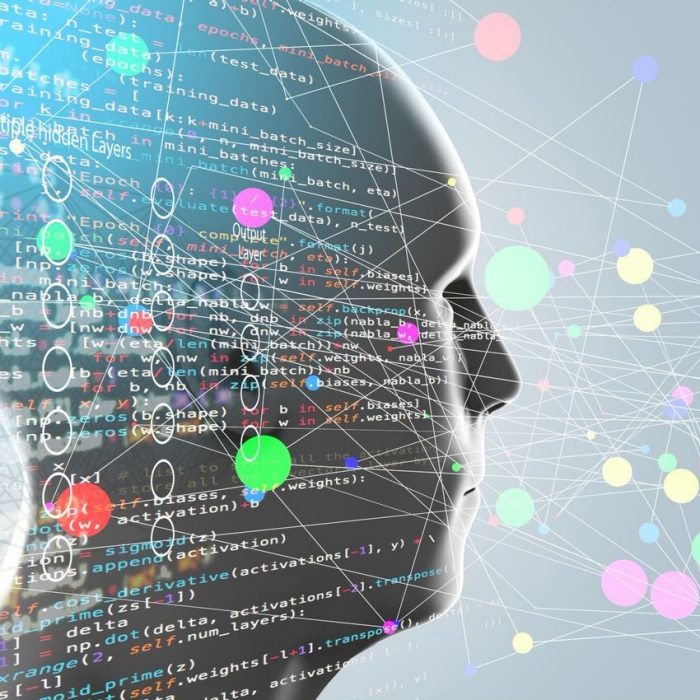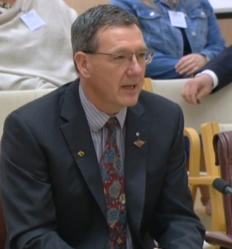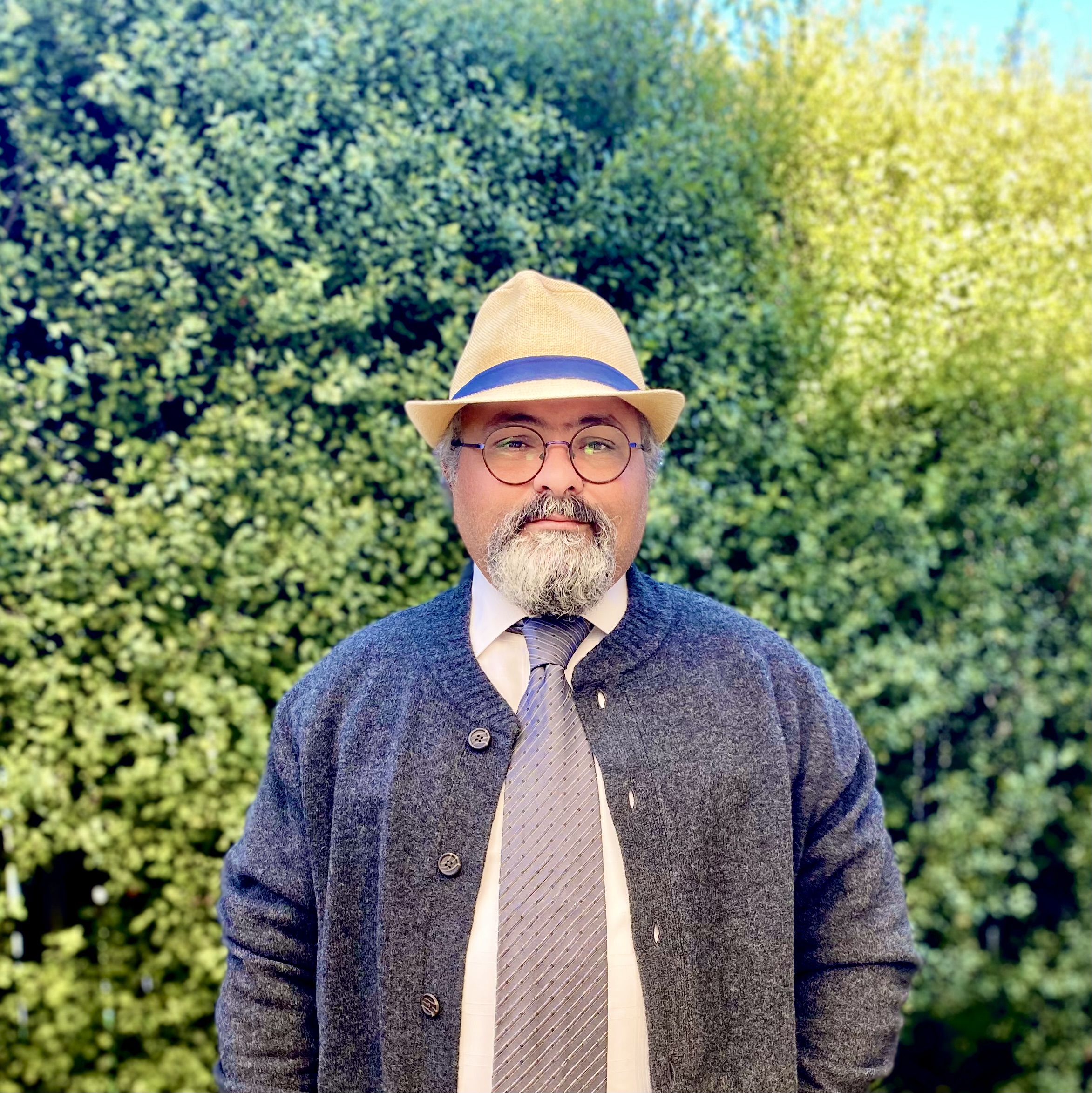Exploring the human-machine relationship

The challenge
Autonomous systems operate in complex and open-ended environments, using artificial intelligence (AI) to respond to feedback and unforeseen changes in the environment while completing their mission.
These intelligent systems can share the workload with their human team members to allow us to achieve more than was previously possible. There’s huge potential for these systems to positively impact our society and increase our quality of life in industries such as health, education and defence.
As the application of autonomous systems becomes more widespread, the emphasis on a cooperative relationship between humans and machines becomes more significant. Safety, accuracy and security are always major concerns related to the adoption of autonomous systems.
For people to feel comfortable using these systems they need to be trustworthy. But what does trustworthiness mean when it comes to AI? And how can it be designed to develop trusted autonomous systems?
The solution
Trusted Autonomy is an emerging field of research focused on understanding and designing the interaction space between entities, each of which exhibits a level of autonomy. These entities can be humans, computer-controlled machines, or a mix of the two. Our aim is to integrate humans and machines seamlessly, naturally and efficiently to create a trusted and cooperative team to solve complex problems in an uncontrolled, uncertainty-rich environment.
The impact
We have expertise in traditional machine learning, the navigation and control of autonomous vehicles, developmental robotics, computational motivation, computational red teaming, cyber security and bio-inspired artificial intelligence. We’re unique in Australia because of this mix of expertise. We can innovate concepts, taking them from ideation through to real-world applications that raise productivity, improve resources and enhance human safety.
We have developed solutions for:
- deployment of autonomous vehicles
- sharing activities at the human-machine interface
- machine education
- high-fidelity military simulations and multi-robot operations in unknown and complex environments
- more agile and accurate decision-making cycles.
Recent applications include:
- swarm-based machine learning with knowledge sharing
- demonstration of learning to fly from scratch on real unmanned aerial vehicles (UAVs) using neural networks and evolutionary fuzzy systems
- demonstration of visual flight control of UAVs for flight in cluttered areas and landing on moving platforms
- development of human performance surrogates for high-fidelity military simulations
- swarm robotics prototypes for exploration, coverage, search and source localisation tasks.
Capabilities and facilities
The trusted autonomy group has facilities to support both robot experiments and human-robot interaction experiments. These include:
- Large indoor flight test area for unmanned aerial vehicles (UAVs) equipped with a camera enabled ‘VICON’ system for motion capture and positioning of unmanned ground and aerial vehicles (UGVs/UAVs).
- Distributed simulation laboratory.
- Virtual environment and simulation laboratory.
- EEG equipment for monitoring human cognitive state.






















